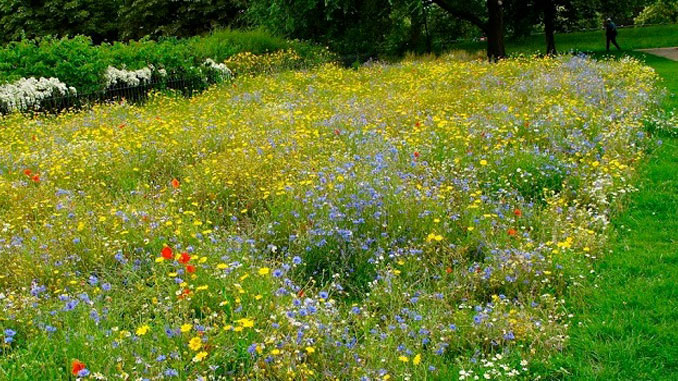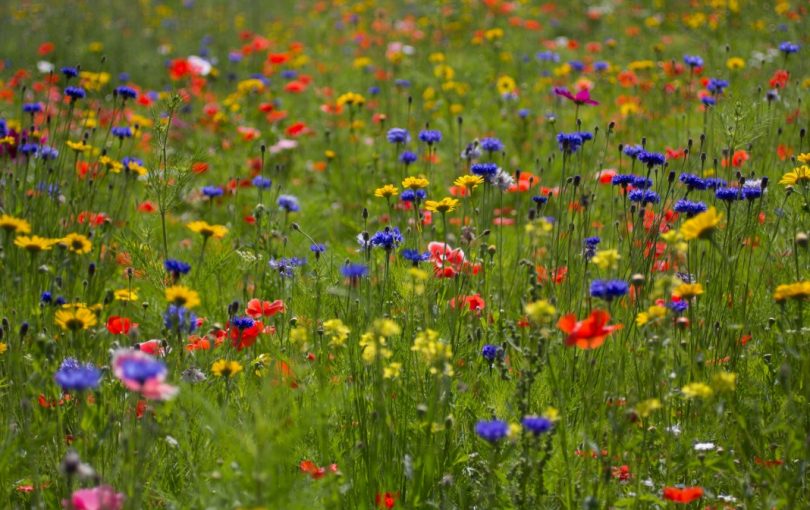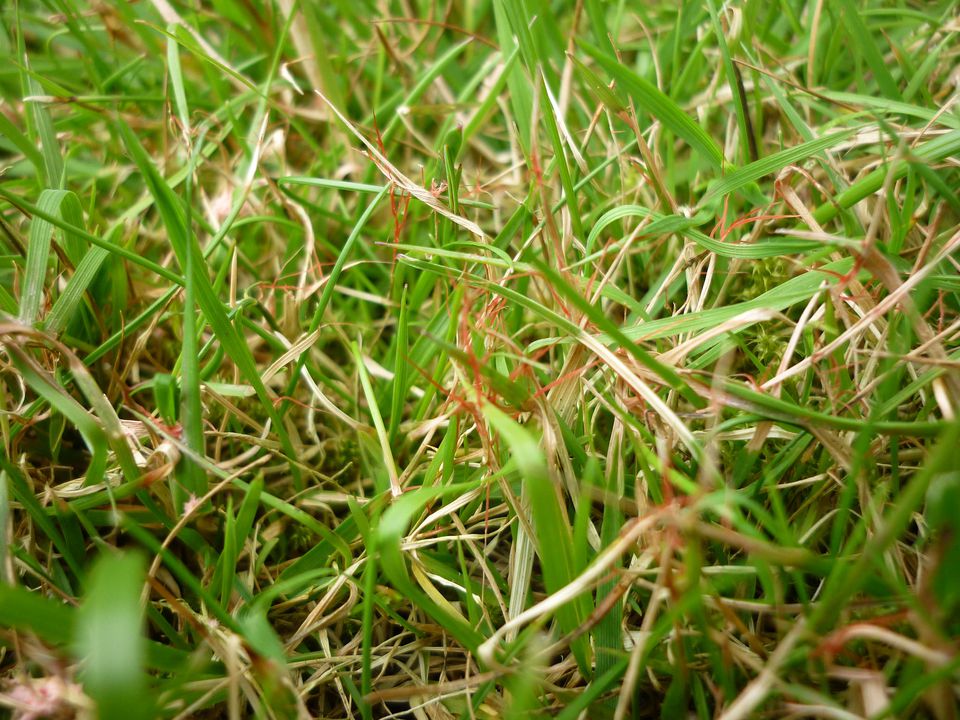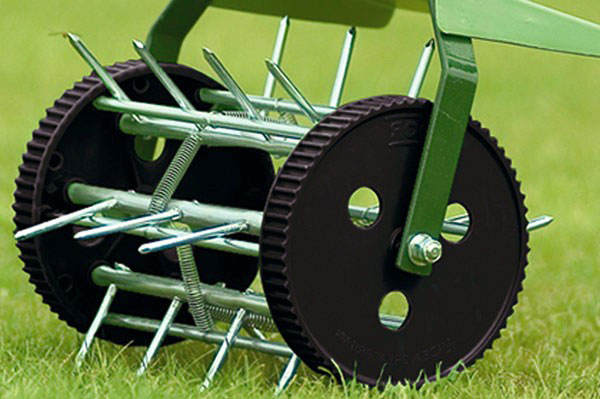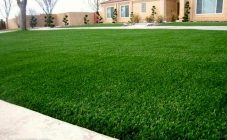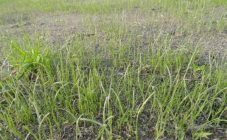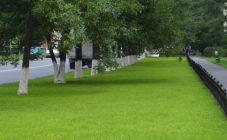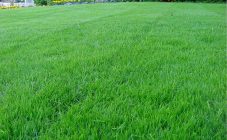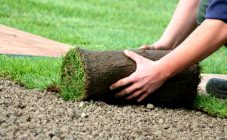Content:
Owners of adjoining and summer cottages often ask themselves the question: what is this Moorish lawn and how exactly does this species differ from others? Moorish is a type of ornamental lawn created by sowing grasses and wildflowers. Unlike the monotonous English, consisting only of herbs, Moorish resembles a meadow meadow, where among the green grass are many bright colors.
When did the first flower lawns appear?
The history of their creation dates back to the early Middle Ages. In the 8th century AD, the Arabs and Berbers conquered the lands of Spain and founded the Muslim state of the Cordoba Caliphate. This is the heyday of architecture and landscape design in southern Europe.
In the luxurious palace parks of the emirs and caliphs, lawns were created that resemble variegated flowering meadows. Since then, the lawn of flowering variegated grasses has been called, like many other works of art created in Spanish territory under Muslim domination, Moorish. Today, flowering lawns can be seen in many of the world's famous gardens and parks.
Plants for the Moorish lawn
You can prepare a set of grass and flower seeds yourself or buy a ready-made one. Already selected mixtures of seeds are sold, the names of which may be different: for a Moorish lawn, for an alpine lawn, for a flowering lawn, for a Moroccan lawn. They include 20-40 types of unpretentious cereals and flowers.
The species diversity depends on how the meadow lawn will look. Plants can be tall and short, the lawn can be monochromatic where all flowers are in the same tone, or variegated.
You can choose annual herbs: annual ryegrass, meadow bluegrass, common bent and supplement them with flowering plants: flax, red and blue flax, calendula, delphinium, chrysanthemums, nemesia, eschsholzia, nigella, chinese carnation, musk and blue cornflower.
To create a perennial meadow, perennial ryegrass, Polevitsa thin and Red fescue are suitable.
The meadow can be decorated with bulbous flowers: Narcissus, Tulips, Crocuses, Galanthuses, Anemone, Hyacinths, Muscars, Hazel glands, Spreads, Snowdrops. The following types of flowers are well distributed by self-sowing: Primrose, Swimsuit, Veronica, Erigeron, Oriental Poppies, Vodosbori, Doronikum, Popovniki. You can plant various types of Chamomile, Forget-me-nots, Daisies, Salvias, Dwarf Zinnias, Primroses and Zeferanthus.
Features of the colored lawn
Why is the variegated grass lawn so widespread? The flowering meadow is eye-catching and charming, and has several advantages:
- no need for a permanent haircut;
- plants are renewed by self-sowing;
- undemanding to soil;
- its appearance is constantly changing - some flowering plants replace others;
- is a striking decorative element of the site.
Among the disadvantages are the following:
- the need for overseeding;
- labor intensity when growing over a large area;
- pollen from flowering plants can cause a reaction in people with allergies.
Possible diseases and how to deal with them
Plants of a flower lawn can be susceptible to fungal diseases: fusarium, red thread, powdery mildew. The causative agents of diseases persist in plant debris, seeds and in the ground.
Fusarium disease is manifested by the appearance of rot caused by fungi of the genus Fusarium. The infected part should be removed along with the turf and treated with antifungal drugs.
Due to the lack of micronutrients, the red thread can infect cereals. This disease manifests itself as a brown discoloration on the stems and leaves of herbs. To prevent the spread of the disease, it is necessary to remove the sod, sow new grasses and fertilize.
Flowers and herbs may develop a white coating caused by powdery mildew. This disease develops very quickly, so at the first sign it is necessary to treat the flowering lawn with an antifungal agent and reduce watering.
How to grow a flower lawn?
In order to grow a beautiful flowering lawn, you must follow the recommendations and follow them step by step.
Site selection and soil preparation
Colored lawn can be placed on the former beds or choose any free area. It must be leveled, free from turf and weeds. Renew the fertile soil layer and add organic fertilizers - manure or humus. It is necessary to dig up the area for sowing to a depth of 15-20 cm, carefully loosen the ground with a rake.
Sowing seeds
Planting rates must be indicated on the seed package. If the mixture was selected independently, then the seed distribution rate is 30 g per 5 sq. M. It is necessary to evenly distribute the seeds, water and cover with fine mesh agrofibre, which will protect the seeds from birds.
2 sowing options are allowed: seeds from two bags can be mixed and planted at the same time. sow the herbs first, and then the flowers.
It is not necessary to sow the entire grassy part with flowers; you can create bright flower islands against a background of greenery.
After planting the seeds, you need to level the ground again and gently water the crops. To protect plants from sudden spring cold snap, it is recommended to cover crops with plastic wrap for several days.
Watering
The first time the seedlings need to be watered with a drip method. When the seedlings grow up and get stronger, they need to be watered about 1 time a week in the evening or early morning as needed.
Weed removal
The main difficulty in caring for a flower meadow is the timely removal of weeds by hand, using a garden fork or a small shovel.
Aeration
Aeration is required for root formation so that plants can provide themselves with moisture. To do this, you need to periodically pierce the soil with a pitchfork.
Plant feeding
Complex fertilizers must be applied starting from the next year after planting. A lack of nutrients is indicated by yellowing of flowers and herbs.
Mowing
The colored lawn must be mowed twice: in the spring - after the greenery appears, but before the flowers appear, and in the fall - after the flowering is complete. The first mowing is necessary so that flowers can grow among the greenery. It is important to remember that in the fall the seeds of herbs and flowers on the lawn should ripen and crumble, then there will be no need to carry out additional sowing in a year.
With proper care, the Moorish lawn can decorate the site for many years, giving the brightness of the colors of luscious greenery and variegated flowers.
